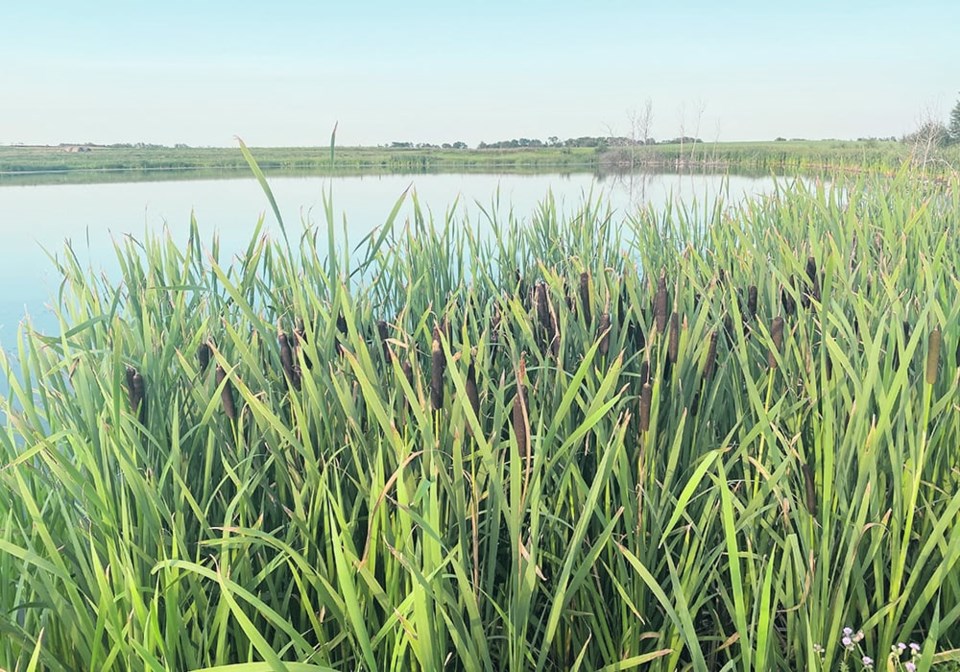WESTERN PRODUCER — The first step to managing marginal cropland is figuring out why the land is marginal.
That was a key message from Marla Riekman, a land management specialist with Manitoba Agriculture, as she spoke to farmers at CropConnect held in Winnipeg in February.
“It’s important to understand why these problems show up,” said Riekman.
There are many types of marginal land, and various reasons land becomes to be unproductive for crop growth. Every farm has different types of soil and varying moisture and environmental conditions.
“Assess, assess, assess. Try to figure out what’s going on. And then take the appropriate action,” said Riekman.
First, farmers need to determine whether a problem can be fixed.
If land can be fixed, then dealing with the cause is the most important element.
For instance, with salinity the land needs to stop drawing up moisture.
“It is a water problem and you manage the water table,” said Riekman.
Often that involves seeding perennials that will drain saturated soils and lower the water table. Without doing that, the problem will persist, she said.
“We can take steps to make this problem a smaller problem,” said Riekman.
Sodicity is a rare but vexing problem that hits some patches of soil where sodium is too high compared to calcium and magnesium. Getting that ratio back into balance is the answer.
Wind erosion can be more visible than substantial, or more substantial than visible. Especially from hilltops with low residue crops or tillage, wind can rip away the most fertile soil and deposit it beneath.
For some highly erodible soils, “they might not be the best kept in production.”
For stronger soils, various farming practices, such as minimum till and cover crops, can minimize the risk of soil loss.
Where there has been a big loss of hilltop topsoil, that soil can be moved back up from the bottom of the hill and depressions to the top. In many situations, this can pay off with better yields in restored areas.
One of the easiest ways to manage field edges affected by ditch water seeping into the field is to seed a strip of alfalfa along it. That drops the water table and stops the problem from spreading.
“If you don’t manage that problem and with that water sitting in the ditches, that problem can get bad and worse and worse and it moves in and further and further into the field,” said Riekman.

